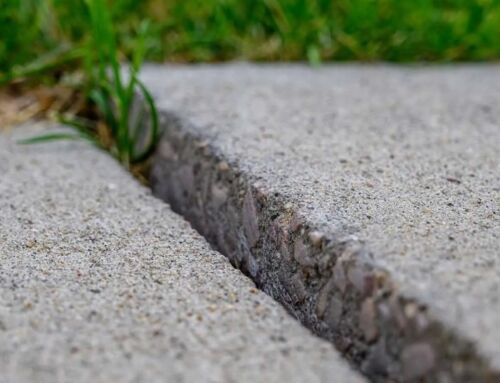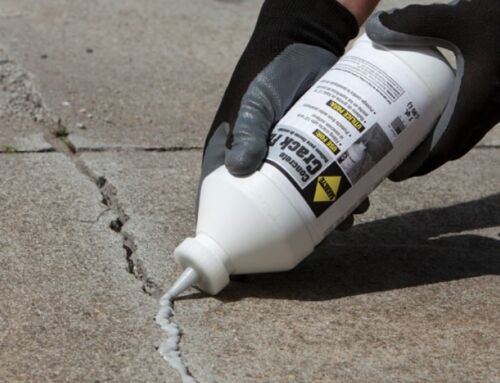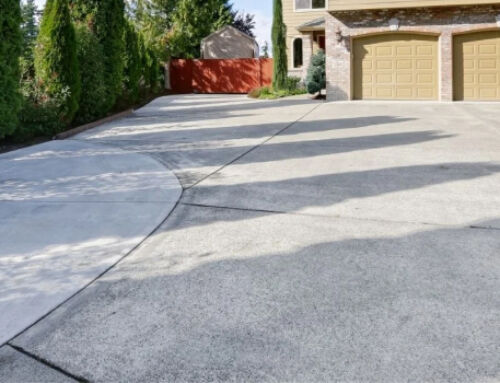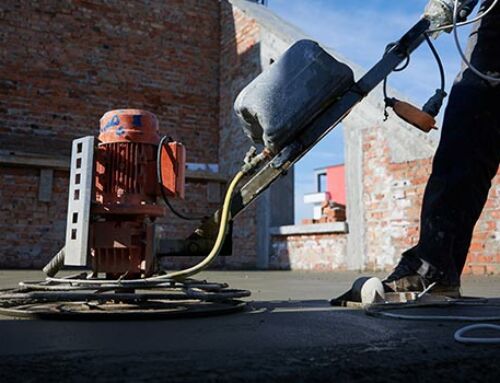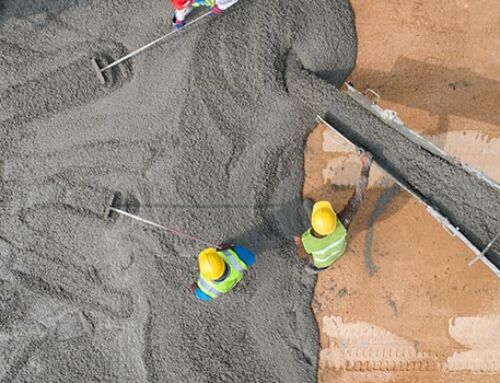Whether it makes up our driveways, or is part of our home’s construction, we see concrete every day, and it’s a strong, reliable material that keeps our world together. What most people don’t realise is just how long concrete has been around. In fact, forms of concrete have been used in construction since prehistoric times, and concrete structures built by the Romans still stand. Here’s a brief history of concrete, and how it became such an important material.
If you want to learn more about concreting options, check out our resources:
1. What Are The Most Common Concrete Types?
2. How to Find the Best Concrete Contractor in Melbourne
3. Top Benefits of Hiring Professional Concrete Services
4. 5 Ways You Can Use Concrete in Your Garden
5. What Concrete Extension Types Can You Add To Your Home?
6. How To Remove Stains From Concrete
Prehistoric times
A form of concrete has been found in the Jordan area, said to date back to 6500 BC. Using hydraulic lime, they were able to make a concrete-like material that was used in the walls of houses, and to make cisterns, which helped prehistoric people to live in the tough desert climate.
One of the best examples of using a form of concrete is the Egyptian Pyramids. Gypsum and lime was combined to make mortar, while bricks were made from mud and straw.
The Romans
Some of the earliest concrete structures that still stand were built by the Romans. Building with bricks and stone was difficult in Roman times, as it involved moving large quantities of heavy materials. By mixing concrete using aggregates such as pumice, they were able to build many grand structures. Using concrete also meant they had the freedom to create interesting architectural features, such as the dome at the Roman Pantheon.
While this early form of concrete had lower tensile strength, tests show that it had as much compressive strength as modern forms of Portland concrete.
After the Roman Empire, concrete fell out of favour, and wasn’t really used much until the 14th century, where it began to be used for canals and a few large-scale projects.
The industrial era
The revival of concrete owes a lot to the industrial era. With a boom in building, and practical, strong materials needed, in 1824 Portland cement was invented, which helped shape many modern landscapes. Portland refers to the type of stones used in this concrete. The first concrete bridge was built in San Francisco in 1889, and the first concrete street was in Ohio in 1891. Today we take for granted the ease of building a concrete driveway, but at the time it was revolutionary, and allowed cities to move away from cobbled and stone streets.
Ready-mix made concrete even easier to use. First invented in Baltimore in 1913, the concrete was mixed at a factory, then delivered to the site. This means that less space was taken up on construction sites. A couple of years later, coloured concrete hit the market, which allowed a wider variety of styles to be created.
Decorative touches
Over the years, concrete has gone from something utilitarian to something that can be decorative too. Concrete overlays and decorative concrete became popular in the mid-20th century, and in the 1980s, concrete countertops offered a hardwearing solution for kitchens. In the 1990s, concrete engraving and polished concrete became stylish, and who knows what concrete will be used for in future.
If you need concrete for a domestic or commercial project, Concept Concrete can give you a free quote today. Simply call 1300 366 343 for fast service across the Melbourne area.


